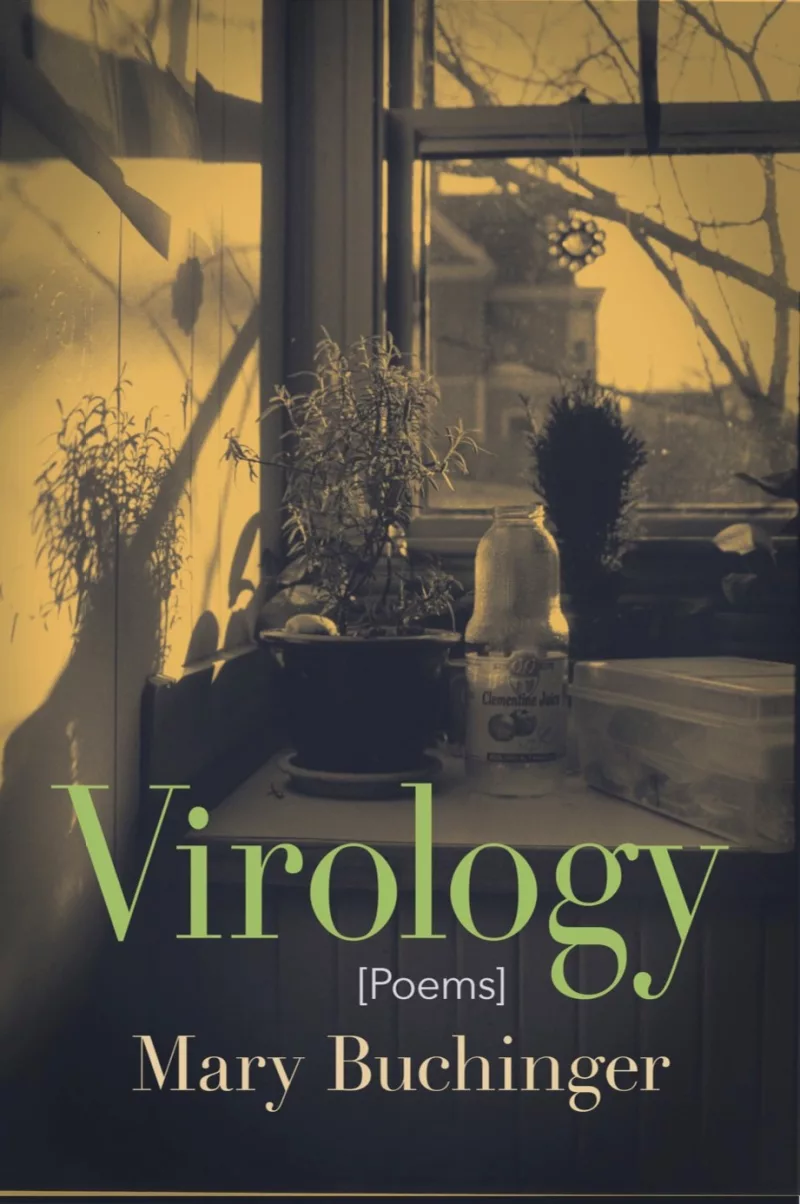When did you first encounter poetry? How did you discover that you wanted to write poems?
My mother learned many poems by heart and still, at age 92, can recite poetry she learned when she was a child. I am only now realizing how much poetry was a part of my childhood through church hymns and the liturgy and through my mother. I can’t remember not wanting to play with the stuff of words and sounds.
Do you have a writing routine? A favorite time or place to write?
I find the richest times for me are when I first wake up and am still heavy with dreams, when I walk to school along the Charles and the Muddy River, when I practice yoga, when I ride the T, when I hike in the woods. There is something about moving in space that invites my mind to move with openness and curiosity. I very clearly experience music, a meter, when I am walking. Writing is where I live and feel—a place of learning and of making meaning.
Where do your poems most often “come from”—an image, a sound, a phrase, an idea?
It’s hard to say, because it’s really any and all of those things—it can take remarkably little to draw a response from me! I see writing as a way of life. Often writing comes when I am trying to understand something; words are a way in for me and give me insight into my experience, they are a reckoning as much as a rendering.
Which writers (living or dead) have influenced you the most?
T.S. Eliot was the first poet I fell for in high school, when I first felt what poetry could do and say—the power, I thought, was stunning, and I wanted to do that with my words.
Then in college, in the Upper Peninsula of Michigan, I was introduced to the work of Sharon Olds, Galway Kinnell, Anne Sexton, W. D. Snodgrass, and others, through Phil Legler, who had known Anne Sexton—they exchanged letters (Anne would trace her hand on paper and mail it to him) and middle-of-the-night phone calls— he had had a serious crush on her. He was very encouraging regarding my work though made it known he was disappointed I had married so young (between my junior and senior years of college).
Later, I worked with Harold Bond and Susan Donnelly and benefited from the community at the William Joiner Center for the Study of War and Social Consequences at UMass Boston, where I studied with Afaa Weaver, Marilyn Nelson, Brian Turner, Bruce Weigl, Danielle Legros Georges, Martín Espada, and others.
I also discovered the work of Elizabeth Bishop, Lucille Clifton, Louise Glück, Mary Ruefle, Yusef Komunyakaa, Eileen Myles, and Fanny Howe—the poets I return to.
What excites you most about your new collection? (Significance of the title? Overarching themes? Process/experience of assembling it?)
The pandemic immersed us in a new vocabulary and held us hostage—I was on sabbatical when it started and my precious three months melted away as I was confined to my home riveted by the unfolding disaster. I followed my fascination with origins and with processes and dreams and Virology emerged as I tried to understand just what a virus is. I soon realized that there’s some controversy about the status of a virus—generally, it is not considered a living thing because it needs life to be sustained, yet it has characteristics of living things. The definition of a virus as “an organism at the edge of life” feels so rich with meaning—and I began to consider what else lives at this edge. What other entities depend on living beings to exist? Being an avid dreamer, I explored how dreams depend on and exploit my daily life for their material, and how emotions, like viruses, require humans to embody them and carry them into the world. The science of the coronavirus led me to see racism as another kind of virus that is virulent and deadly and depends on humans for its existence. Virology is a kind of map of days and of ideas, making meaning through engagement with other texts and with experiences within the natural world.

Mary Buchinger, author of Roomful of Sparrows (Finishing Line, 2008; New Women’s Voices Series semi-finalist); Aerialist (Gold Wake, 2015; finalist for the May Swenson Poetry Award, semifinalist for The Journal /Wheeler and Perugia Press Prizes); einfühlung/in feeling (Main Street Rag, 2018); /klaʊdz/ (Lily Poetry Review Books, 2021); Virology (Lily Poetry Review Books, 2022); Navigating the Reach (Salmon Poetry, 2023); and There is only the sacred and the desecrated (Lily Poetry Review Books, forthcoming, Paul Nemser Book Prize, Honorable Mention), has received awards from the New England Poetry Club and the Virginia Poetry Society, a Norton Island Residency, and over a dozen Pushcart Prize and Best of the Net nominations. Her poetry appears in AGNI, Hollins Critic, Interim, Nimrod, PANK, phoebe, Plume, Salt Hill, Seneca Review, Queen Mob’s Teahouse, and elsewhere. Buchinger serves on the board of the New England Poetry Club and teaches at the Massachusetts College of Pharmacy and Health Sciences in Boston. www.MaryBuchinger.com.

